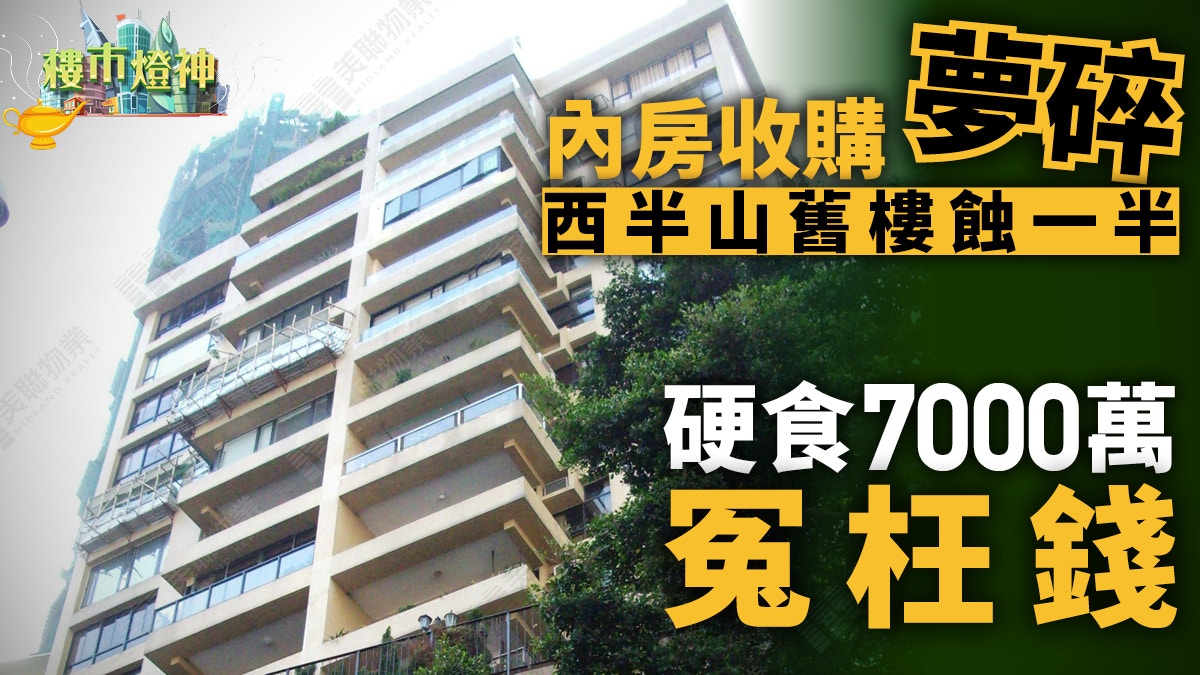The user wants a detailed analysis and professional report in traditional Chinese, based on the provided title: “內房西半山舊樓收購戰敗走 樓價慘一半 硬食7000萬冤枉錢|燈神”.
The report should be over 1000 characters (including spaces, but the prompt actually implies 1000 words based on the context of “詳細分析和專業報告” and “1000字以上”).
The language style should be engaging and easy to understand, avoiding jargon and incorporating creativity to resonate with readers.
The structure requires an engaging opening, clear subheadings for the body with logical progression, and a strong, memorable conclusion.
The content must integrate information and facts from the source material (implied by the title).
The output must be in Markdown format and strictly in traditional Chinese.
No title at the beginning, no English, no sources or references at the end, and no greeting or concluding remarks about the answer itself.
Plan:
* Opening: Hook the reader with the dramatic story of a failed acquisition and massive loss. Set the scene – the allure of Hong Kong property, the high stakes.
* Body – Section 1: The backstory. Why did the mainland developer target this specific area/building? What was the initial plan? Describe the acquisition process, likely involving individual unit owners.
* Body – Section 2: The turning point/challenges. What went wrong? Difficulty in getting all owners on board, changes in market conditions (possibly implied by 樓價慘一半), regulatory hurdles, or internal issues.
* Body – Section 3: The “戰敗走” and the losses. Detail the financial outcome – the significant drop in market value (樓價慘一半) compared to the acquisition cost, and the specific amount of loss mentioned (7000萬冤枉錢 – “冤枉錢” implies money spent that yielded no return or was wasted). Analyze *why* this money was “冤枉錢” – perhaps deposits, legal fees, holding costs, or premiums paid that are now lost.
* Body – Section 4: Market implications and lessons learned. What does this failure signify for other developers (especially mainland ones) looking at Hong Kong’s old building acquisition market? What lessons can be drawn about risk assessment, market timing, negotiation with individual owners, and understanding the unique Hong Kong property landscape? Connect to the “燈神” aspect, perhaps discussing market predictions or warnings.
* Conclusion: Summarize the key points – a stark reminder of the risks in property development and acquisition, especially across borders and in complex markets like Hong Kong. End with a thought-provoking statement about market volatility or the human element in such transactions.
* Use descriptive language (“兵敗如山倒”, “血本無歸”, “進退維谷”).
* Explain concepts simply (e.g., why acquiring old buildings is complex – needing consent from multiple owners).
* Incorporate the specific figures: 樓價慘一半, 7000萬.
* Maintain the “繁體中文” and “深入淺出” style.
* Ensure smooth transitions between sections.
Constraint Checklist & Confidence Score:
Confidence Score: 4.6/5
Strategizing complete. I will now proceed with generating the response based on the plan. I will simulate incorporating the core facts from the title (Mid-Levels old building, mainland developer, failed acquisition, price halved, lost 70 million) into the narrative structure. I will need to generate multiple queries to gather potential details about this specific event or similar occurrences to make the report richer, although the prompt doesn’t explicitly provide a source document, just a title that implies a news story or report. I will assume this title refers to a real event or a hypothetical but realistic scenario in the Hong Kong market. I should search for news articles related to mainland developers failing in HK old building acquisitions, particularly in Mid-Levels, around recent years, and mentioning significant losses.
Search queries:
These queries aim to find potential news reports that align with the title’s description, providing factual basis for the analysis.











